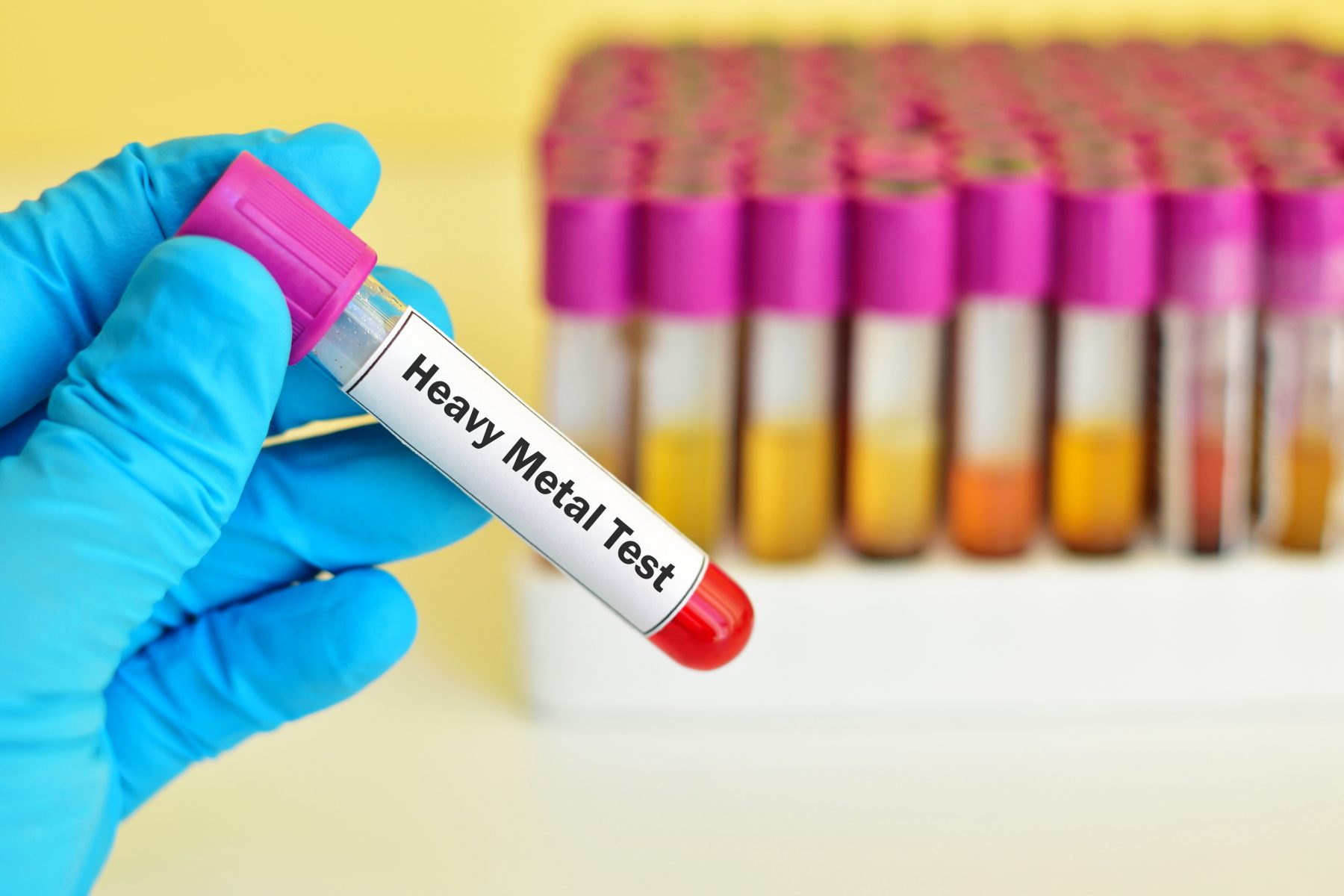
EP 29: Testing for Heavy Metal Toxicity
In the 2nd episode of the series on Heavy Metals, Dr. Agolli and Dr. Burdette discuss:
- How to diagnose acute heavy metal toxicity.
- The impact lead toxicity has on your body.
- How to test for chronic heavy metal toxicity.
- What is provocative chelation?
- How to detoxify your body from heavy metals.
Symptoms of Heavy Metals
Abnormal speech
Alzheimer’s disease
Anorexia
Asthma
Fatigue
Gingivitis
Gut disturbances or diarrhea
High blood pressure
Insomnia
Microcytic hypochromic anemia
Osteomalacia
Parkinson’s disease
Poor immune function
Poor memory
Renal dysfunction
Heavy metals can be found in many sources, including:
- Industrial exposure
- Air or water pollution
- Foods
- Medicines
- Improperly coated food containers, plates, and cookware
- Ingestion of lead-based paints
- Ingestion of insecticides, herbicides, and pesticides1
Weathering of metal-bearing rocks and volcanic eruptions are natural sources of heavy metals. The anthropogenic share of heavy metals in the environment has increased due to the global level of industrialization and urbanization2.
Here are some ways to reduce exposure to heavy metals:
Avoid plastic food packaging and water bottles since synthetic polymers can leak into both your food and water
Choose eco-friendly and nontoxic personal care products, cosmetic products and household cleaning products
Avoid fish high in mercury, like king mackerel, marlin, orange roughy, shark, swordfish and tilefish
Detox your body by working up a sweat with a regular fitness routine
Certain foods such as spirulina and cilantro may help transport excess heavy metals out of the body. You can also invest in a high-quality water filtration system for your home water which may include distillation, ion exchange, reverse osmosis, or an activated carbon filtration system.
